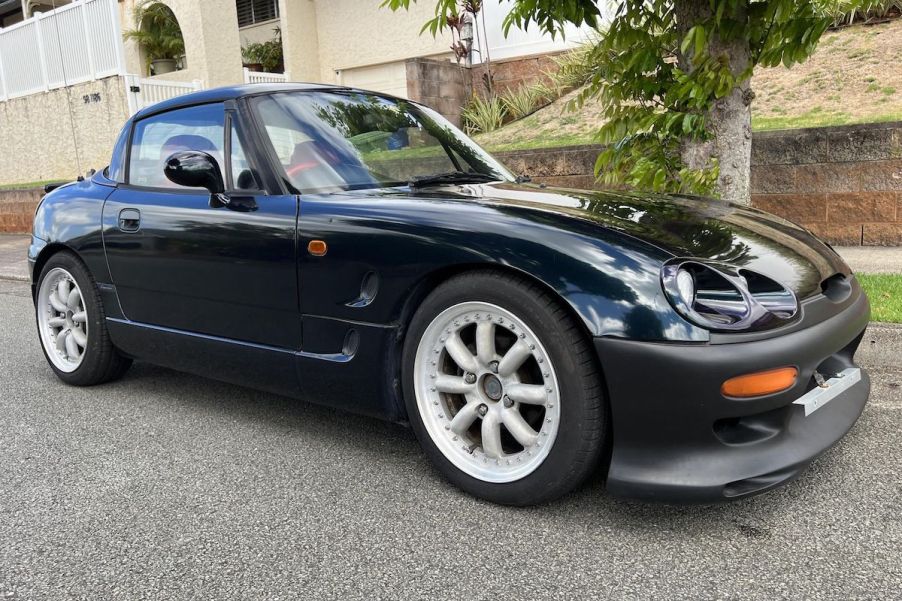
The 4 Most Common Problems of the Suzuki Cappuccino
The Suzuki Cappuccino is a little sports car completely foreign to many American drivers. We don’t just mean foreign because it’s a Japanese car; few people on this continent have ever heard of this roadster.
That’s because it was never imported here. The Suzuki Cappuccino was a sports car designed in the confines of Kei car regulations in Japan. It’s a tiny car with a tiny engine, but it’s lightweight (1,543 pounds) and turbocharged (63 horsepower), making it fun to drive at any speed. It was exported to Europe for a while, where it enjoyed popularity with enthusiasts, but never to North America.
Now, the Suzuki Cappuccino is old enough to be legally imported to the U.S. You may have noticed a few examples pop up for sale on auction sites and been enticed by this affordable sports car that’s much rarer in the States than a Miata. However, before you pull the trigger on this delightful JDM roadster, you should know a few common problems about the Suzuki Cappuccino.
1. Weak synchronizers
According to Auto Express, drivers have noticed that the Suzuki Cappuccino has weak synchros in the five-speed manual transmission. Second gear is especially problematic. Although it might be tempting, driving the Cappuccino too hard and too close to its limits could result in big, expensive transmission problems down the road.
Additionally, cold temperatures magnify this problem, so wait for it to warm up before driving aggressively. It’s a quirk that’s easy to live with if you use caution.
2. Needs more frequent maintenance intervals
Like a good Suzuki motorcycle engine, the turbocharged 657cc three-cylinder engine in the Cappuccino is reliable and long-lasting, but only if serviced regularly. It needs attention more frequently than a Miata counterpart.
This engine has a service interval of 3,000 miles. As with most small, simple engines, the maintenance is pretty easy on the Cappuccino. The more thorough service history you can get when you buy one, the better.
However, keep an eye out for oil smoke from the exhaust. It’s a sign of possible turbo failure, which is uncommon but could be catastrophic for the engine.
3. Leaky and sticky brake pistons
Leaky and sticky brakes are a pretty common issue on the Suzuki Cappuccino. This is especially true of the rear brakes. It’s also pretty easy to diagnose. If it doesn’t slow and stop as it should, or if the brake pedal doesn’t feel quite right, the brake pistons probably need attention.
Depending on the severity of the problem, it could be resolved by cleaning up and lubricating the brake parts. If that doesn’t fix it, a more thorough brake rebuild could be in order. The good news is; freshly rebuilt brakes would make this featherweight roadster stop on a dime, improving both performance and safety.
4. Potential rust issues for the Suzuki Cappuccino
Japan doesn’t salt its roads, so JDM cars typically aren’t built to the same standard of rust protection as USDM (United States domestic market) cars. The Suzuki Cappuccino is no exception. The factory paint isn’t very rust-resistant, which could lead to issues in cold climates where roads are salted.
If inspecting a Cappuccino in person, check for signs of rust on the wheel arches. Those are often the first parts of the car to succumb to rust. However, a check of the underbody is also warranted and recommended.



